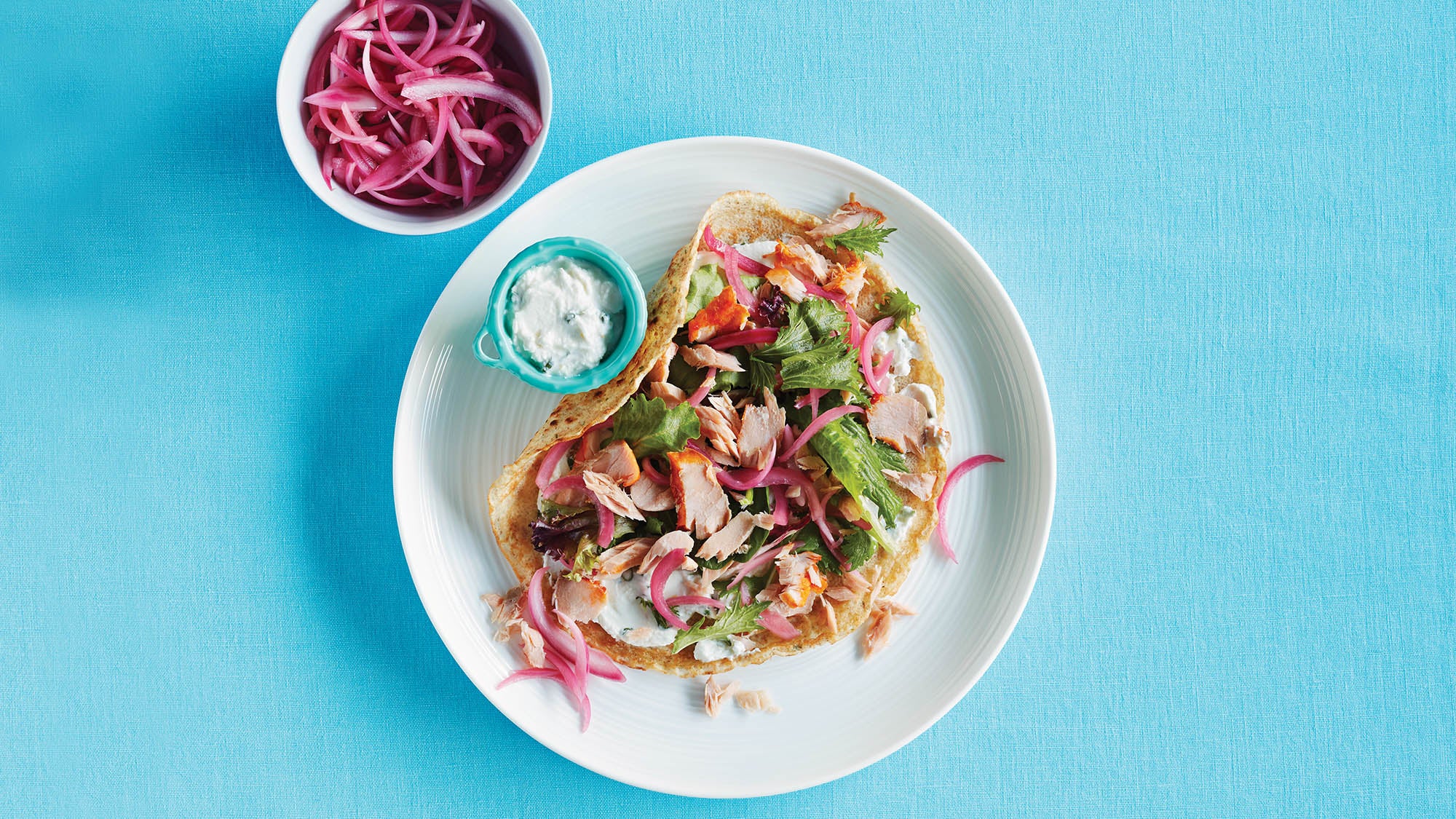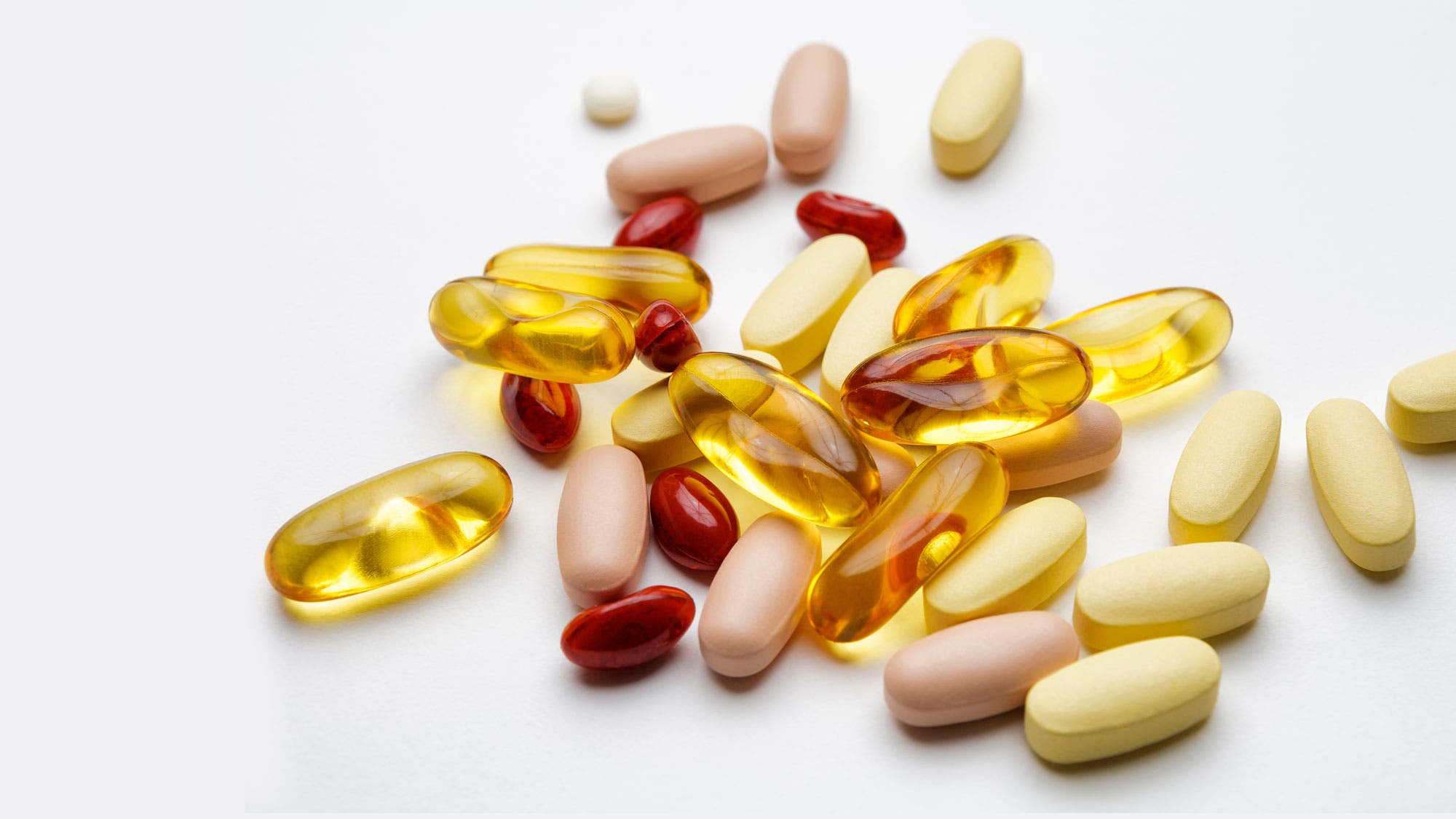Omega-3 Update

In the frenzy over fats, we can all agree on one thing: Omega-3 fatty acids have potent health benefits. Dozens of studies suggest omega-3s can protect against cardiovascular disease, inflammation, arthritis, cognitive decline, mood disorders and possibly cancer. Because your body can’t make them, omega-3 fats must be consumed through supplements or food sources. But here’s the catch: Not all omega-3s are interchangeable. The omega-3s in fatty fish like salmon and sardines are eicosapentaenoic acid (EPA) and docosahexaenoic acid (DHA), while plant sources, such as walnuts and flaxseeds, contain alpha-linolenic acid (ALA). The body converts ALA into EPA and DHA through a series of chemical reactions, but the conversion ratio is very low: In some studies, as little as 5% of ALA is converted to EPA, and less than 0.5% to DHA.
Additionally, the ratio of omega-3 to omega-6 fats is crucial. Healthy ratios of omega-6 to omega-3 fats range from 1:1 to 4:1. But the typical Western diet, as it is high in processed foods, is often closer to a 16:1 ratio of omega-6 to omega-3, prompting inflammation and increasing the risk of cardiovascular disease, cancer and autoimmune diseases.
Related: Why You Need Omega-7 In Your Diet
While there’s no recommended daily value for omega-3s, many experts suggest 250 to 500 milligrams combined EPA and DHA every day for healthy adults. The easiest way to get enough is eating fatty fish twice a week. Mercury usually isn’t a problem unless you’re pregnant or nursing, but if you’re concerned, choose low-mercury seafood selections like sardines, trout and wild salmon. If you follow a vegan or vegetarian diet, or just don’t like fish, it’s hard to get that amount; emphasize plant-based sources of omega-3 fats and consider a supplement made from algae. Otherwise, focus on food. Here are six sources for fish and plant people alike.

WILD SALMON is an excellent source of omega-3 fats, with 1,220 milligrams of DHA and 350 milligrams of EPA per three-ounce serving. Omega-3 levels in farmed salmon vary widely, depending on feed used; while they’re generally a good source, they’re also higher in omega-6 fats. Additionally, farmed salmon are likely to contain high levels of polychlorinated biphenyls (PCBs), dioxins, chlorinated pesticides and other toxins, so wild-caught salmon is a better choice.
Try This:
- Toss cooked salmon with gluten-free penne pasta and pesto.
- Mix canned salmon with Greek yogurt and dill for a cracker spread.
SARDINES, small, fatty fish in the herring family, are high in omega-3 fats; one tin (about four ounces) has as much as 1,700 milligrams of omega-3 fats. And because they’re lower on the food chain, sardines are less likely to be contaminated with mercury. If you buy them canned, look for varieties packed in water or olive oil, not soybean oil; choose the bone-in variety for extra calcium.
Try This:
- Add sardines, red onions and minced tarragon to scrambled eggs.
- Toss sardines with cooked white beans, chopped tomatoes, Kalamata olives, baby spinach and vinaigrette.
RAINBOW TROUT, a freshwater fish with a mild, light flavor, is rich in omega-3s, with 500 to 1,000 milligrams in a three-ounce serving. Farmed rainbow trout from US ponds, raceways or recirculating agricultural systems are considered a safe and sustainable choice and are less likely to contain toxins.
Try This:
- Marinate trout in lime juice, olive oil, garlic powder and chile powder, then grill.
- Roast trout and green beans with lemon juice and shallots, then top with slivered almonds.
PASTURED EGGS from chickens that are allowed to roam free tend to be higher in omega-3s and other nutrients. In one study, pastured eggs had two-and-a-half times the amount of omega-3 fats and a better omega-6 to omega-3 ratio than eggs from caged hens. Omega-3-fortified eggs, produced by feeding chickens a diet supplemented with flaxseeds, may have more than 400 milligrams of omega-3 fats per egg. But they’re generally raised in cages, so pastured eggs are a more ethical choice.
Try This:
- Top scrambled eggs with crème fraîche, smoked salmon and chives.
- Bake eggs in a mixture of tomato sauce, harissa and feta cheese.
WALNUTS are high in healthy monounsaturated fats and ALA omega-3 fats, with 1,670 milligrams per half cup. They’ve been shown to reduce blood pressure and inflammation, and they can decrease harmful LDL cholesterol by up to 16%. Studies suggest eating a handful of walnuts daily can improve blood lipid profiles in people who don’t eat fish.
Try This:
- Toss toasted walnuts with beets, baby arugula and cheese.
- Sauté walnuts in coconut oil, honey and cinnamon for a sweet, healthy snack.
CHIA, flax and hemp seeds are all good sources of ALA omega-3 fats. Per ounce, chia seeds provide 5,000 milligrams, flaxseeds contain about 6,300 milligrams while hemp seeds deliver about 6,000 milligrams. All three contain about three times as much omega-3 as omega-6.
Try This:
- Make waffles with ground flax, almond flour, pumpkin purée and pumpkin pie spice.
- Toss hemp seeds with spinach, blackberries, pomegranate seeds and a sweet vinaigrette.

Plant & Fish Omega Supplements From The Sea
Fish Oil
Usually made from sardines, salmon or cod liver, natural fish oil is the closest thing to eating fish. But because fish oil contains only 30% EPA and DHA – the forms of omega-3s linked to significant health benefits – with the remainder being made up of other fats, concentrated omega-3 supplements may be a better option. Studies show EPA and DHA reduce inflammation, balance mood, ease depression, improve rheumatoid arthritis and support reading and cognition in children. Omega-3s may also protect against cognitive decline, dementia and Alzheimer’s disease and reduce the risk of certain cancers. While findings are mixed on cardiovascular disease, epidemiologic data shows EPA and DHA are linked with a lower risk for total mortality. Look for supplements that have been third-party tested for purity.
Krill Oil
Krill Oil, made from a small, shrimp-like sea creature of the same name, is high in omega-3s. The difference: in krill oil, EPA and DHA are bound to phospholipids instead of triglycerides, which may increase bioavailability. Krill oil also contains astaxanthin, a powerful antioxidant that increases its stability and has anti-inflammatory and neuroprotective effects. It’s also more sustainable than fish oil, and because it’s so low on the food chain, it’s less likely to be contaminated with mercury and other toxins. Note: If you’re allergic to shellfish, check with your doctor first.
Algae Oil
Algae oil, usually derived from marine algae, is a vegan source of both EPA and DHA and has some significant advantages over fish oil: It’s free from cholesterol and toxins, is odor-free (no fish burps) and is more ecofriendly than fish oil and seafood. Studies also show it’s similar to fish in its bioavailability and is as effective as fish oil in reducing triglycerides and increasing beneficial HDL cholesterol levels.